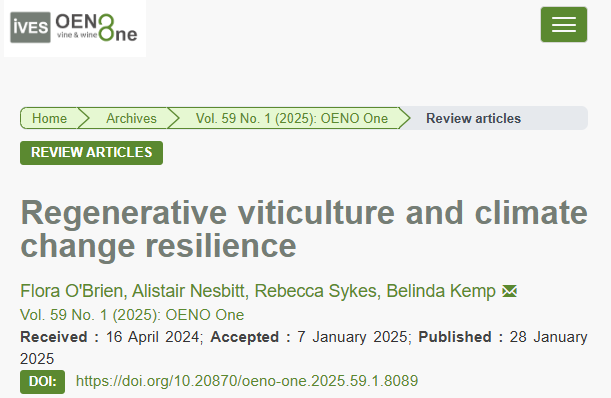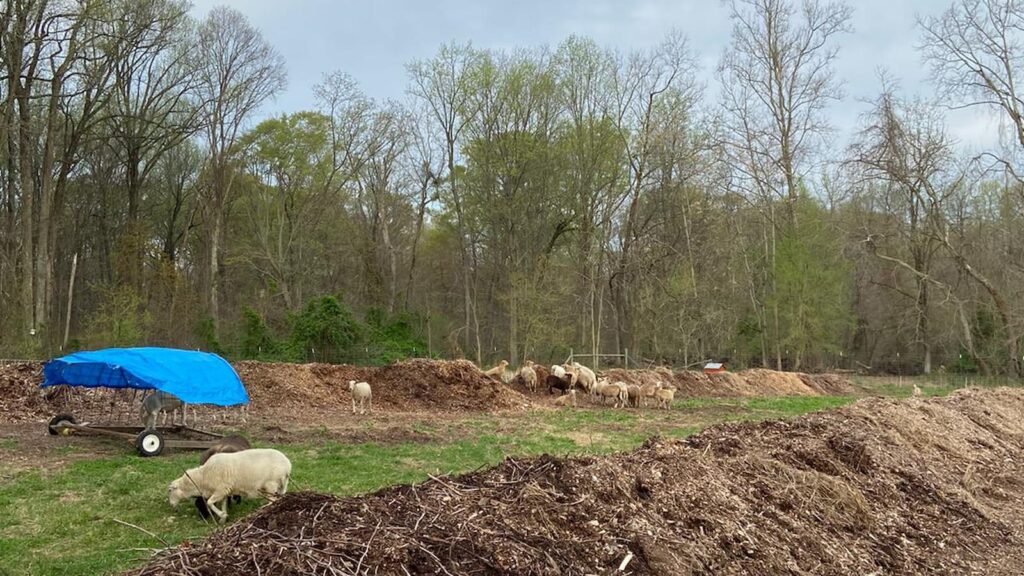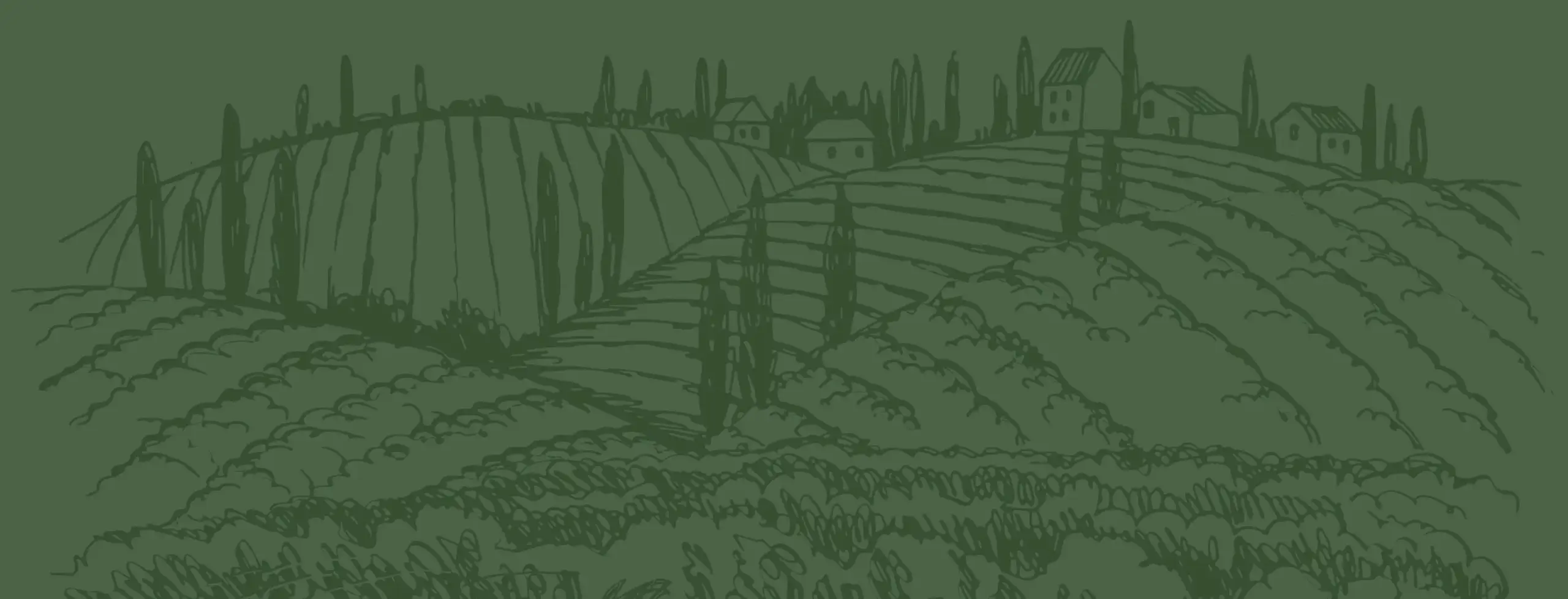Regenerative Viticulture and Climate Change Resilience – easy to read summary of some key RV topics

In January 2025 we published a study into all the peer-reviewed research related to regenerative viticulture published over the last 15 years.
It was a monumental undertaking! It takes a long time to read. Here we summarise some of the findings related to specific RV practices.
The benefits of cover crops

What do cover crops do for us? They:
- Promote soil health
- Improve soil structure
- Reduce compaction issues
- Increase soil fertility
- Increase soil organic matter
Why is this good? Because, among other things, this:
- Aids water infiltration
- Aids water retention
- Reduces erosion risk
Not only this, they also:
- Shade the soil, cooling it down
- Provide homes to insect pollinator populations
- Enable carbon sequestration and nitrogen fixation
Organic amendments

We looked at the studies into:
- Compost: commercial municipal compost, spent mushroom compost, compost produced on farm (cuttings, prunings, grape pressings, other estate waste streams)
- Manure
- Biochar
- …combinations of all of the above
What does the scientific literature say?
- Application of composts and manures over 5+ years increases nitrogen, phosphorous, potassium, Soil Organic Matter and microbial biomass
- Biochar enhances carbon sequestration, improves soil fertility, reduces soil bulk density, increases soil water content and increases leaf water potential
- Organic amendments enhance aggregate stability, improve soil structure, promote water infiltration/holding capacity, and increase resilience to heat/drought. However, one study showed lowered soil moisture content
- Compost and cover crops can sequester carbon
- Cultivation increases soil respiration, SOM breakdown and soil erosion (so best to leave organic amendments on the surface)
Is there evidence of any effect on juice and wine?
- Vineyard practices that affect the soil microbiome affect wine quality (evidence in shiraz and rotundone)
- The effect on juice is variable
Does it increase GHG emissions?
- Evidence was found that any increase in GHG emissions from application of organic amendments is temporary
What further research is needed?
- Comparisons of different application rates of organic amendments are lacking, especially in vineyard row and over long periods
- Research is needed into different combinations of soil type x rootstock x scion x climate condition x multiple years x diverse application timings and rates
Natural predators
There is a considerable body of research into fauna as biological controls, with considerable savings, both economic and environmental.
We looked at the studies into encouraging natural predators through:
- Different ways of dealing with the vineyard floor
- Retaining and introducing green infrastructures
- Encouraging bats, birds and predatory arthropods
What does the scientific literature say?
- Retaining trees/hedgerows and/or building raptor nest boxes attracts birds of prey which reduces damage to grapes by birds and reduces damage by rodents
- Bird boxes, uncropped areas, cover crops, hedges, trees and woodland patches encourage birds that control insect pest species
- Native vegetation bordering the vineyard, along rivers and hedgerows provides foraging habitat for bats through presence of prey insects. Bats provide biocontrol of grapevine moth and leaf rolling tortrix
- Preservation of remnant oak trees increases the number of species of bats and their activity compared to open treeless areas
More research is needed into the synergies between different vineyard management practices and ecosystem service trade offs.
Mulches
There is a considerable body of evidence supporting mulches in vineyards.
They have been shown to be a valuable tool to mitigate against the impacts of climate change on vineyards. They:
- Control weeds
- Increase soil water content
- Lower soil temperatures, protecting the soil from heat and drought stress
- Increase yields
However, there are some reports of reduced water infiltration rates when combined with no-till. The interactive effects of different regen practices therefore need monitoring.
Biological stimulants and biological control agents
Biological stimulants and biological control agents (BCAs) for reducing synthetic fertiliser and pesticide use is a fascinating area of study emerging as growers look to replace synthetic chemical inputs with biological alternatives.
Overall findings indicate:
- There is huge potential
- Generally there is less consensus as studies vary with soil type and context
- Best practice + disease resistant varieties + biopesticides + mating disruption = strongly reduced pesticide applications
We found studies providing evidence to support BCAs against pests and diseases:
- Streptomyces and Trichoderma against downy mildew
- Bacillus against Botrytis
- Arbuscular mycorrhizal fungi enhancing resistance to pathogens and abiotic stresses
- Natural predators as BCAs (see above)
The studies also provide evidence to support biostimulants:
- Seaweed, protein hydrolysates, methyl jasmonate and yeast extract can all act as bioelicitors of secondary metabolites
- These can increase anthocyanins, stilbenes, flavonols and hydoxycinnamic acids
- There is also potential to increase resilience but trials have been done in potted vines, needing field research
Future research is needed on:
- Products’ stability, lifespan, doses, timing, environmental conditions, mode of application and mechanisms
- Interactions between BCAs/biostimulants and cultural practices
- Effect on soil microbial communities, ecosystem, ecological processes
- Solutions for nematodes and pathogenic bacteria phytoplasma viruses






